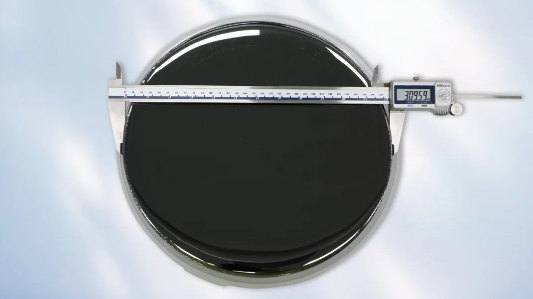Comparative study of single event upset susceptibility in the Complementary FET (CFET) and FinFET based 6T-SRAM
Abstract
The Complementary FET (CFET) architecture offers a more promising solution for achieving higher transistor density in sub-3 nm technology nodes. In this study, we use 3D TCAD simulations to conduct Monte Carlo based single-particle incidence analysis on FinFET and four types of CFET 6-Transistor (6T) Static Random Access Memory (SRAM). We identify the linear energy transfer (LET) thresholds for the five SRAM structures and analyze the causes of Single Event Upset (SEU) in three sensitive areas. Simulation results indicate that the SEU LET threshold of the CFET SRAM in the Fin-On-GAA-Fin (FOGF) structure is higher than that of the Fin-On-Trapezoidal-Fin (FOTF) structure. This is because both the upper and lower layers of the CFET SRAM in the FOGF structure use the GAA structure to isolate from the substrate, making it more difficult to trigger the bipolar amplification effect. The CFET SRAM using the Staggered FOGF structure demonstrates the best radiation resistance when the LET is below 0.3 pC/μm, due to the more dispersed distribution of sensitive areas and the isolation of the lower PMOS from the substrate. We also calculate the SEU cross-sections of the five SRAMs under different LETs. Showing that CFET SRAM consistently exhibits better radiation resistance compared to FinFET SRAM. These findings suggest that advanced CFET technology could be effectively applied to the design of radiation-hardened SRAM.




